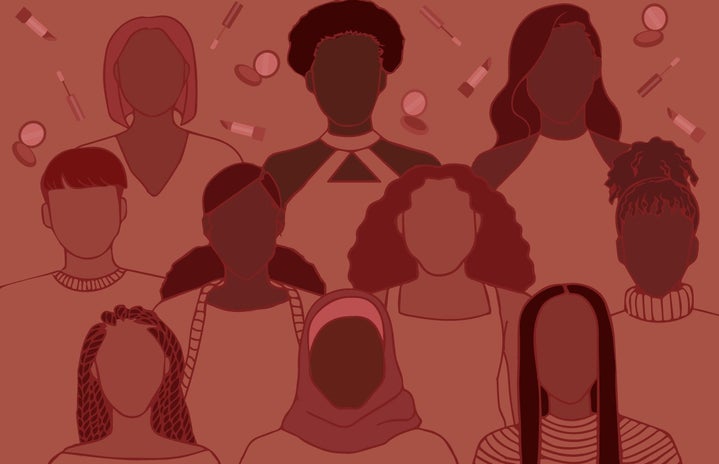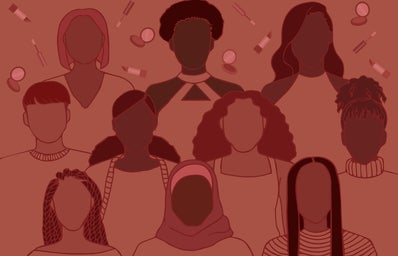I wrote this blog post for an African American History class a while ago, but I know it’s still relevant because for some reason, being black is always something that cannot just be left alone. Also, it’s Black History Month :)
The black identity is something that has evolved over time and continues to evolve. Being black means something different to each person, and being black carries a different weight in different places. For example, being black in Nigeria (where basically everyone else is black) is a whole different experience to being black in Brazil (where about half of the population is black), and completely different than in the United States (where less than a fifth of the population is black). Despite all of this, being black has always fundamentally been an indicator of the color of your skin. However, some people believe that being black is more than just a physical trait. I’ve heard a lot of people use the term “oreo” or “coconut” to describe someone who is black on the outside but “white on the inside.” I’ve used it many times as well but a long while back, I decided to stop based on my findings in what you’re about to read.
In 1903, W. E. B. DuBois describes a term known as “Double Consciousness.” Double consciousness describes the individual sensation of feeling as though your identity is divided into several parts, making it difficult or impossible to have one unified identity. Now he talks about this in relation to being black and American, but I would like to use this term to zoom into the black identity. Can “one ever feel their twoness” (DuBois) if they look black but don’t “act black”? Zandria F. Robinson, when talking about the “Native Black Identity,” writes:
“These shared assumptions about what constitutes a native, or authentic, black American identity lead to innumerable conclusions about what black is and what black ain’t, as well as about what black people do and do not do. When black folks fall out of these boxes of conclusions – by being lesbian or gay, experiencing mental illness, looking for the murder maniac in the woods or following the suspicious sound instead of running away like the stereotypical black characters in a horror film, or playing in an indie rock band – they fall out of the confines of native black identity. Because of the complexity of individual identity intersections and social tastes, most African Americans must work diligently to stay put or to jump into native blackness.” (35-36)
In other words, there is a stereotypical “blackness” that is expected of black people which they often try to fit into. This puts black people in a box and forces them to try to maintain a certain type of character which they might not identify with. So, considering that, calling someone an oreo or a coconut literally doesn’t make sense – it’s like saying that they might be black, but they’re not black enough. Being “black enough,” I feel, is a phrase that discounts the validity of black identities that do not fit into the stereotypical one. Zandria F. Robertson explains that “there are certainly as many ways to be black as there are black people” (191) and I couldn’t agree more.
That’s why I’ve decided to stop using the terms oreo, coconut, etc – those words undermine the realness of the black identities that they are directed to. Black History Month, I think, should be a time that people use to reflect on what they expect black people to look like, sound like, laugh like, enjoy, do, be. Do you believe black people should be a certain way? I used to, but I now know differently. My biggest takeaway from my African American History class will always be this: There is no right way to be black and no one should be judged because their way of being black is different from someone else’s.


